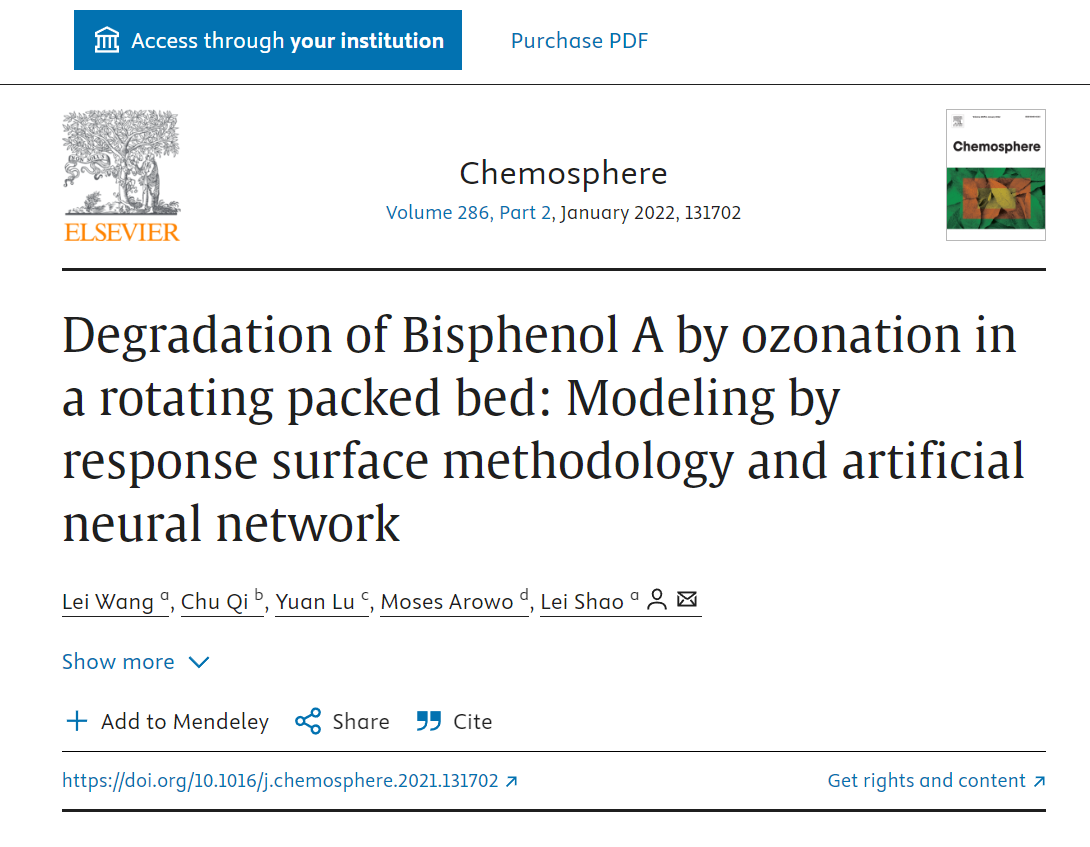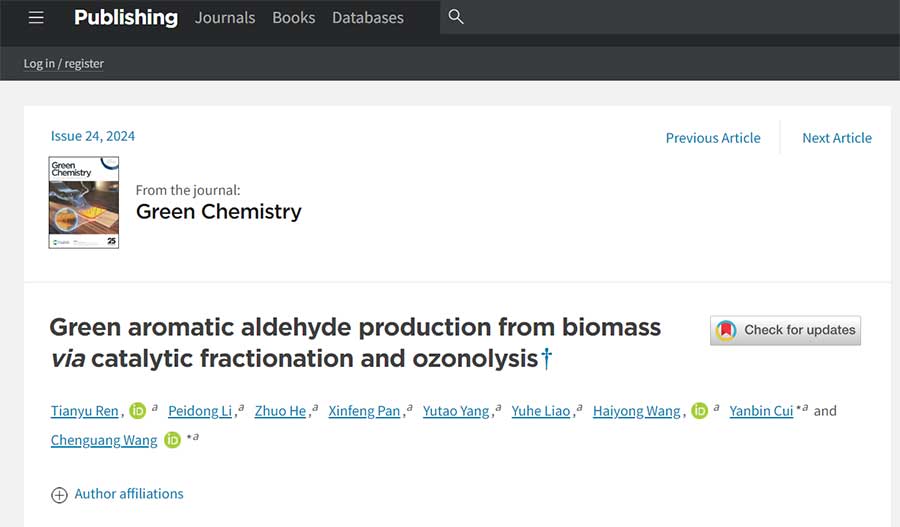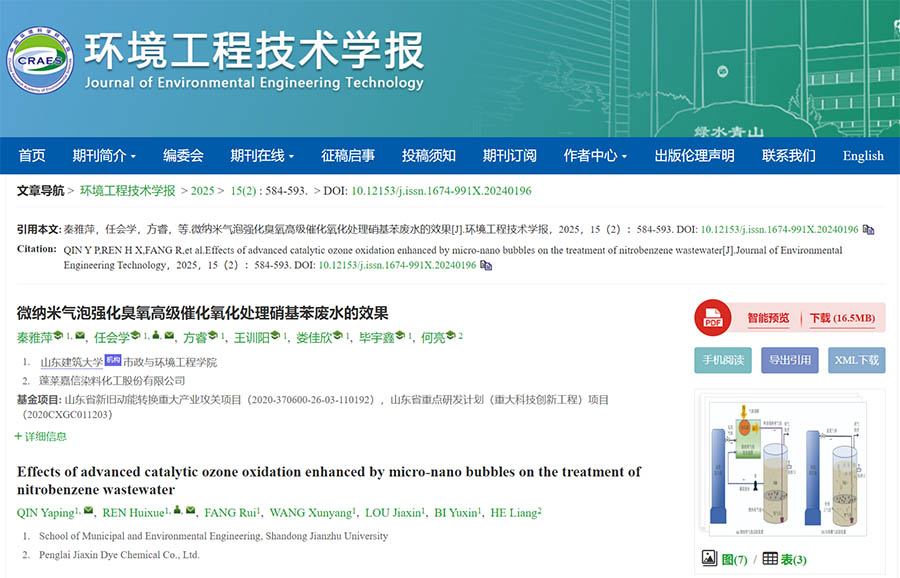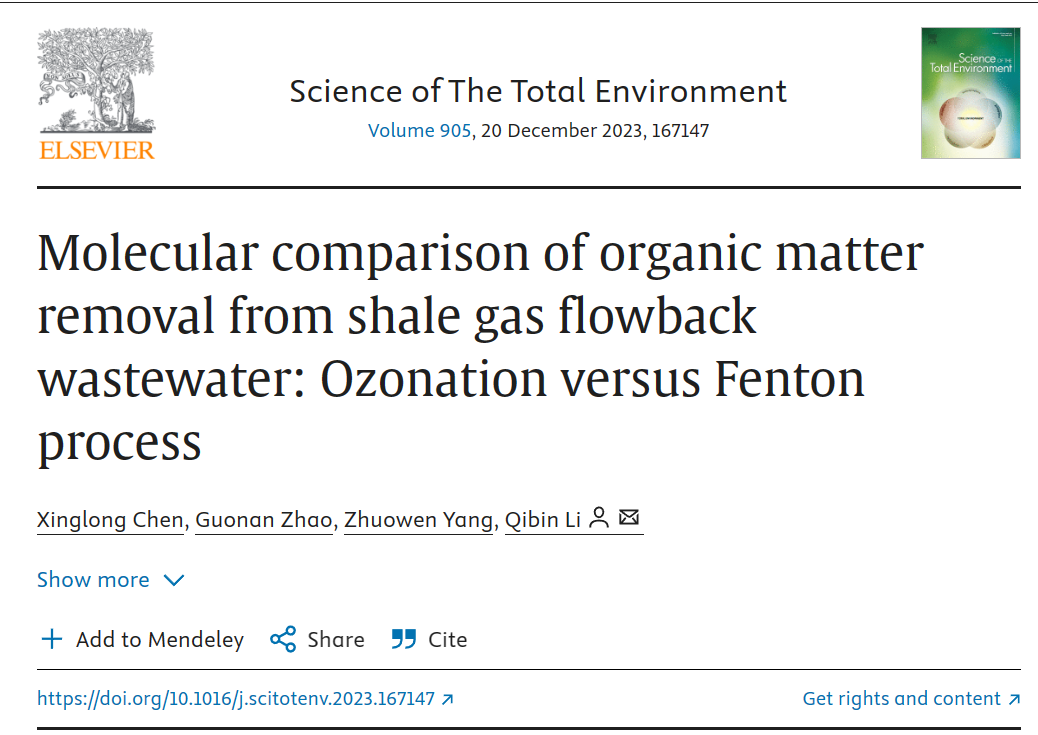Degradation of Bisphenol A by ozonation in a rotating packed bed: Modeling by response surface methodology and artificial neural network
旋转填料床中臭氧化降解双酚 A:通过响应面法和人工神经网络建模
Degradation of Bisphenol A by ozonation in a rotating packed bed: Modeling by response surface methodology and artificial neural network
Lei Wang a, Chu Qi b, Yuan Lu c, Moses Arowo d, Lei Shao a
a.北京化工大学超重力工程与技术教育部研究中心, 北京 100029
b.北京化工大学信息科学与技术学院,北京100029
c.天津中能石油化工有限公司,天津 300450
d.莫伊大学化学与过程工程系,埃尔多雷特,3900,肯尼亚

强调
•RSM 和 ANN 均能很好地预测RPB 中 BPA 的臭氧化建模。
•RSM 在模拟BPA臭氧化方面略优于 ANN 。
•臭氧浓度和pH值对BPA降解有显著的交互影响。
•RPB 的旋转速度与其他变量对 BPA 降解的影响并不显著。

摘要
采用响应面法(RSM)和人工神经网络(ANN)对旋转填料床(RPB)中双酚A (BPA)的臭氧化过程进行了建模。实验采用Box-Behnken设计,考察臭氧浓度、pH、RPB转速、液流量等参数对双酚a降解效率的交互影响。臭氧浓度和pH对双酚a降解效率的交互作用为显著,而RPB转速对其他变量的交互作用不显著。建立了双酚A降解效率的二阶多项式方程。基于RSM实验数据,构建了多层前馈神经网络模型。隐层神经元的相关系数很高(RANN = 0.99158)。RSM模型与ANN模型的比较表明,两者均能准确预测BPA的降解效率(RRSM = 0.99559)。在臭氧浓度为20 mg L−1、pH为11、液体流速为10 L h−1、RPB转速为800 rpm的条件下,双酚a的降解效率很高,达到99.52%,RSM模型(99.54%)和ANN模型(99.82%)均能很好地预测这一结果。但RSM模型的决定系数较高(R2RSM = 0.9912, R2ANN = 0.9827),均方误差较低(MSERSM = 0.0001684, MSEANN = 0.0003305),因此RSM模型略优于人工神经网络模型。
实验步骤
臭氧是由臭氧发生器(3S-A10,Tonglin Tech Co.,Ltd.,Beijing,China)产生的,氧源为99.5%
其浓度使用分析仪(3S-J5000,Tonglin Tech Co.,Ltd.,Beijing,China)测量。
来源:https://www.sciencedirect.com/science/article/abs/pii/S0045653521021743
 Green aromatic aldehydes production from biomass via catalyt
Green aromatic aldehydes production from biomass via catalyt
 Effects of advanced catalytic ozone oxidation enhanced by mi
Effects of advanced catalytic ozone oxidation enhanced by mi
 Research on Optimization of Ceramic Membrane Ozone Aeration
Research on Optimization of Ceramic Membrane Ozone Aeration
 Molecular comparison of organic matter Removal in shale gas
Molecular comparison of organic matter Removal in shale gas

 Russian
Russian 简体中文
简体中文